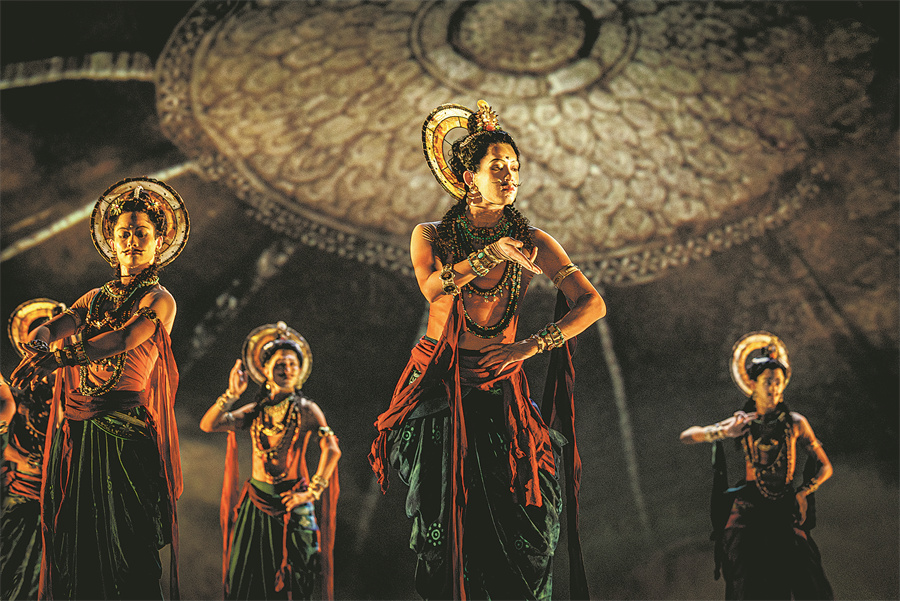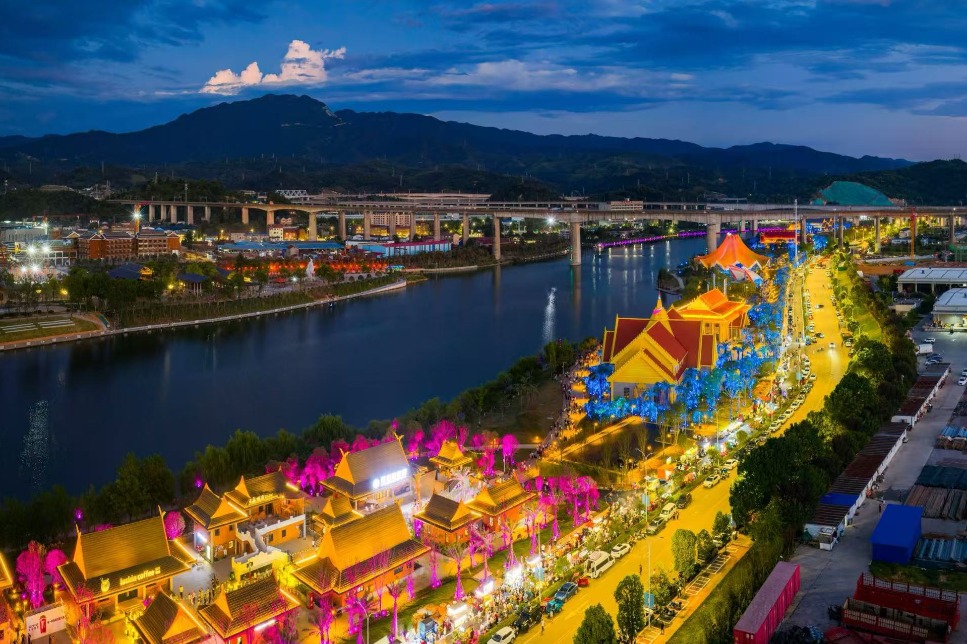A Buddhist scholar in motion


"I have spent almost 50 years working and writing in Xinjiang. This time, I want to delve deep into the secret realms of the local culture. Through the story of Kumarajiva, I hope to uncover the continuity, innovation, unity, inclusiveness, and peacefulness of Chinese culture, and reveal the nation's diverse cultural essence."
To Tong Ruirui, the choreographer of the production, Qiuci holds special significance in China's music and dance history.
Beginning in the late 3rd century, a series of grottoes were carved into Qiuci's cliffs. Murals found in these grottoes depict ancient Qiuci, vividly illustrating the cultural exchanges along the ancient Silk Road.
The music and dance scenes depicted in the murals found in the Kizil Caves are particularly beautiful, reflecting an important aspect of Qiuci culture.
In the 5th century, the music and dance of Qiuci gained great prominence in the region. After the Qiuci kingdom ended, many of its musicians and dancers moved to the Central China Plains, which marked the beginning of Qiuci's large-scale eastward transmission of music and dance.
"We want to bring to life the most striking and unique beauty of the dances depicted in the Kizil Caves, such as the dance of the 13 deities, authentically presenting its colors and forms," Tong says. The choreographer is most recently known for her successful adaptation of Dream of the Red Chamber, a ballet production by the National Ballet of China.
"People with some knowledge about dance will understand that classical Chinese dance is all about the process and motions. It is never just a still pose."
























